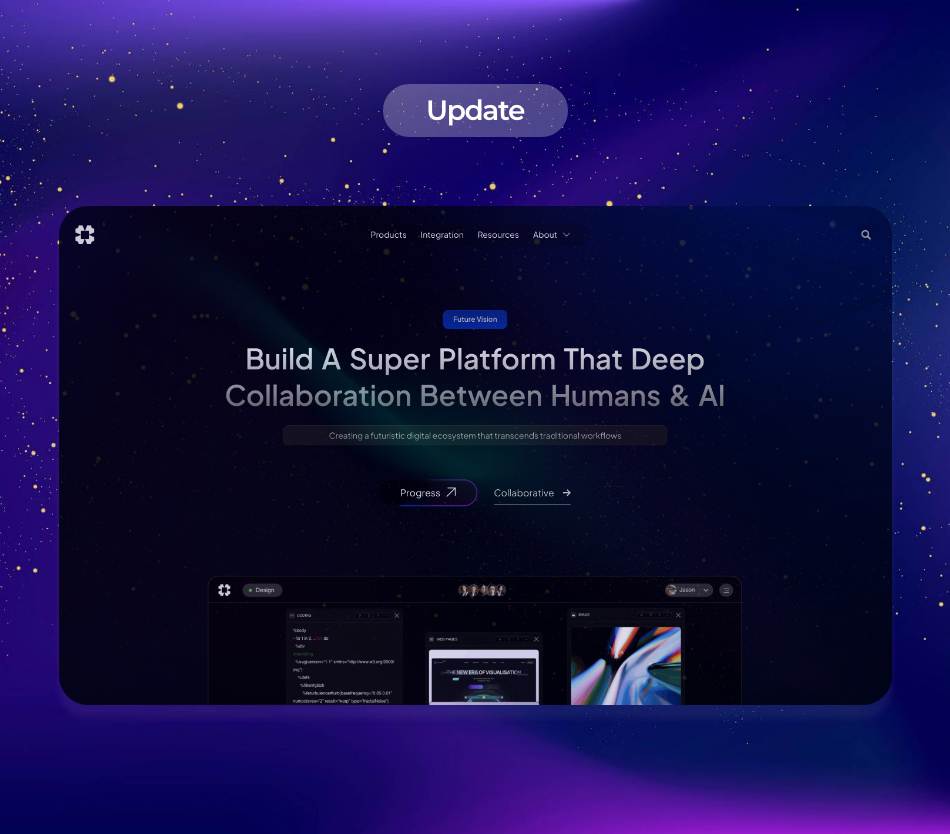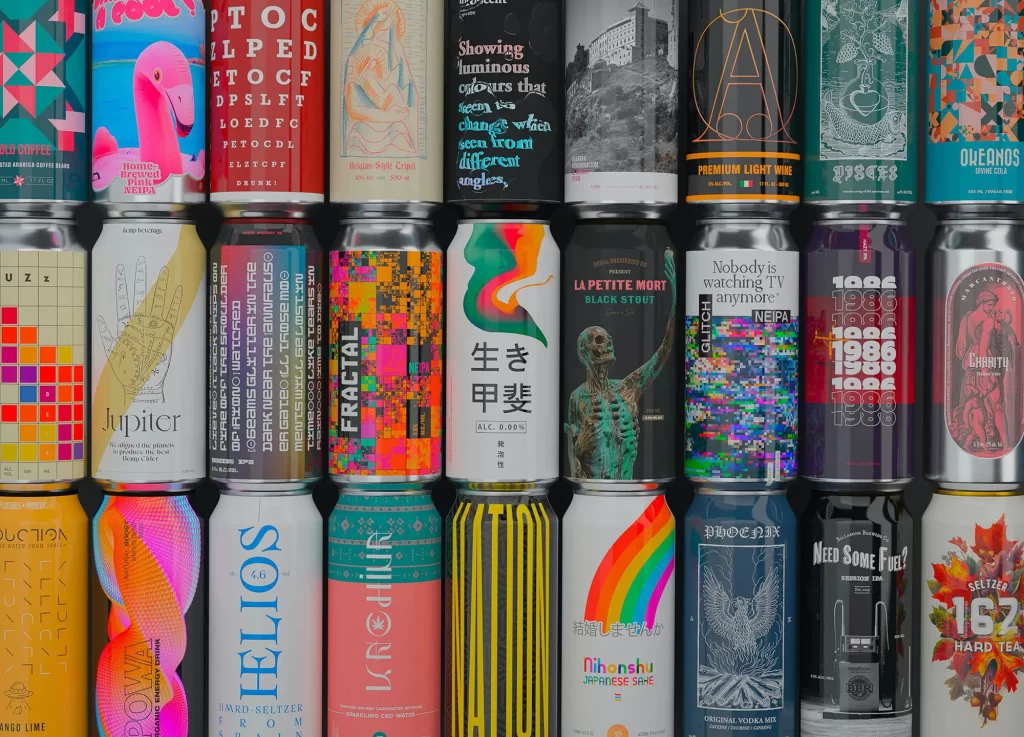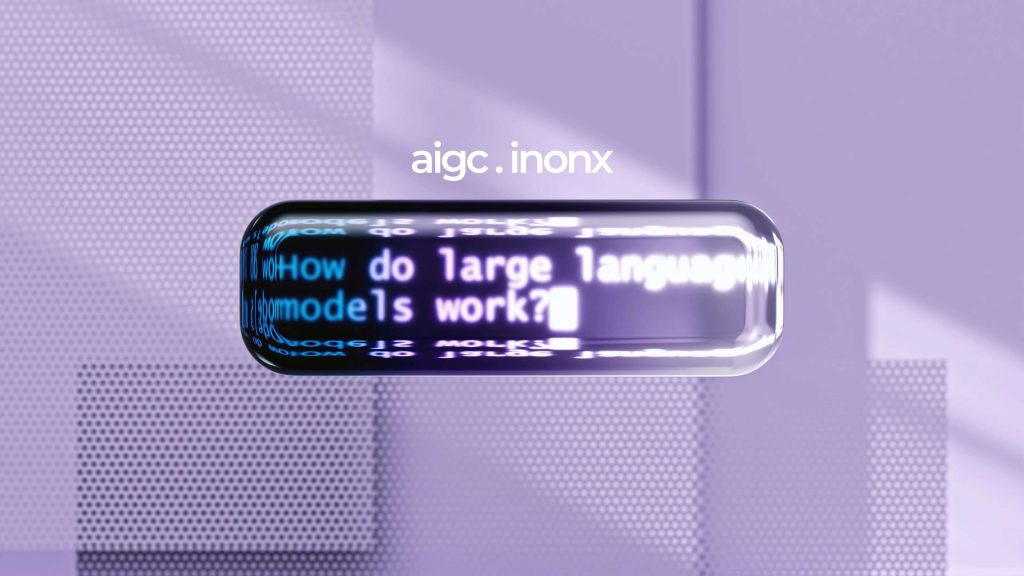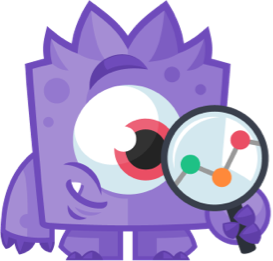Artificial Intelligence (AI) has transitioned from a theoretical concept to an indispensable tool transforming various aspects of modern life, especially within the workforce. As advancements in AI begin to unfold, businesses are coming to recognize both the opportunities and challenges presented by these technologies. This article delves into the implications of AI on the workforce, with a focus on how automation and AI-driven solutions are reshaping employee productivity.
.
The Future of AI is not simply a notion of what is to come; it is unfolding before our eyes. AI technologies are no longer confined to specific industries but are permeating every facet of the economy, from manufacturing to healthcare, finance, and retail. According to reports from Gartner, over 80% of emerging technologies will be driven by AI by 2025. As AI continues to evolve, it is essential for businesses to understand its potential, capitalize on its strengths, and mitigate its risks.
.
AI has the potential to streamline operations, provide data-driven insights, and automate routine tasks, allowing employees to focus on more strategic responsibilities. This shift prompts a critical examination of AI and Workforce dynamics. How will AI integration impact job roles, employee morale, and overall organizational hierarchy?
.
The integration of AI into workplaces drives the need for digital literacy and adaptability. Employees across sectors must develop skills to leverage AI effectively and maximize productivity. A study from the McKinsey Global Institute indicates that by 2030, up to 375 million workers may need to switch occupational categories as the demand for certain tasks diminishes due to AI automation. This necessitates a proactive approach to workforce development, emphasizing the importance of reskilling and upskilling initiatives.
.
AI-powered tools are making their way into the everyday working environment, enhancing employee productivity in more ways than one. AI-driven Employee Productivity solutions encompass a wide range of applications, which can dramatically reduce repetitive manual tasks. For instance, AI-powered chatbots are taking over customer service roles, answering queries and resolving issues 24/7, thereby allowing human staff to concentrate on higher-level decision-making.
.
In the realm of data management, AI algorithms can analyze vast amounts of information within milliseconds, assisting employees in making informed choices without the burden of sifting through data manually. Companies such as Salesforce and Microsoft have developed AI tools embedded within their platforms to provide real-time insights. This evolution towards AI-enhanced decision-making demonstrates a substantial shift in how businesses operate.
.
Moreover, AI-powered project management tools offer predictive analytics that can identify potential project bottlenecks before they occur. These insights empower team members to adjust their strategies proactively, saving both time and resources. Adobe’s AI-driven tool, Sensei, for example, helps teams optimize their creative processes by predicting the performance of various content strategies.
.
A significant focus of AI integration in workplaces is the decision-making process. Organizations are utilizing AI systems to assess employment potentials, conduct employee evaluations, and even manage payroll. By minimizing biases commonly found in human evaluations and extracting objective insights from employee data, AI helps organizations create a more equitable workplace. However, concerns regarding privacy and ethical implications of data use must be carefully addressed.
.
As AI technologies become more widespread, the role of HR professionals is also evolving. HR departments are increasingly adopting AI-driven solutions for recruitment processes, candidate assessment, and employee retention. AI algorithms can sift through countless resumes to identify qualified applicants based on predetermined criteria, saving time and reducing the likelihood of unconscious biases creeping into the process.
.
A prominent example of AI in recruitment is Unilever’s use of AI-driven assessments for its hiring process. By combining gamification, machine learning, and artificial intelligence, the company has notably reduced the time taken to hire new talent and improved employee satisfaction, reflecting a positive correlation between AI utilization and workforce happiness.
.
While AI provides substantial advantages in workforce optimization, it is essential to balance effectiveness with an emphasis on human interactions. Businesses that focus solely on technology without considering the human element risk diminishing employee morale. As seen in various studies, employees who feel their roles are being threatened or devalued by AI technologies may resist or reject these changes. Ensuring transparent communication about the role of AI and how it enhances rather than replaces human capabilities is paramount.
.
The conversation surrounding the Future of AI also includes discussions on ethics and accountability. A central concern arises regarding the potential biases that may emerge from machine learning algorithms, which learn from historical data that may contain societal prejudices. Organizations must establish guidelines ensuring that AI systems operate under ethical frameworks, ensuring that productivity boosts do not come at the cost of fairness or innovation.
.
To harness the full potential of AI-driven Employee Productivity solutions, organizations need a roadmap that addresses issues associated with implementation, training, and corporate culture. Companies must adopt a dual approach: funneling investments into AI technologies while simultaneously fostering a culture of continuous learning and adaptation among employees.
.
Research by the World Economic Forum emphasizes the importance of collaboration between humans and AI. This hybrid model allows for the maximization of strengths inherent to both parties. When AI is utilized for repetitive, data-intensive tasks, human workers can focus their time and energy on creativity, problem-solving, and emotional intelligence – attributes that are irreplaceable and vital for corporate success.
.
One noteworthy use case of AI-driven productivity is in the manufacturing industry, where advanced AI systems are increasingly managing production lines. General Electric (GE) has adopted AI across its manufacturing processes to predict equipment failures before they occur, reducing downtime and increasing overall efficiency. This level of predictive maintenance not only streamlines operations but also fosters a safer work environment, reducing the likelihood of injury due to equipment malfunction.
.
In conclusion, the Future of AI presents a unique opportunity to reshape workplace dynamics and redefine what productivity means in the modern world. By leveraging AI responsibly, companies can enhance employee productivity while maintaining a commitment to ethical standards and workforce happiness. Embracing this transformation requires understanding that AI is not a replacement for human skills but an augmenting tool that empowers employees to perform at their best. As we stand on the cusp of this era, both businesses and employees must engage collaboratively to navigate the intricate landscape of AI in the workforce.
.
As technology continues to advance, staying informed and adaptable is crucial to remaining competitive in this AI-driven workforce landscape. Embracing change with an open mindset will not only propel organizations toward greater efficiency but will also foster an environment where human creativity and artificial intelligence can work hand in hand to innovate and succeed.
**Sources:**
1. McKinsey Global Institute. (2021). The Future of Work: Reskilling and Upskilling.
2. Gartner. (2022). The Future of AI in Business and Industry.
3. World Economic Forum. (2023). The Future of Jobs Report.
4. Salesforce. (2022). Taking AI to the Next Level: Employee Productivity.
5. Adobe. (2021). AI in the Creative Process: A Case Study on Sensei.

























